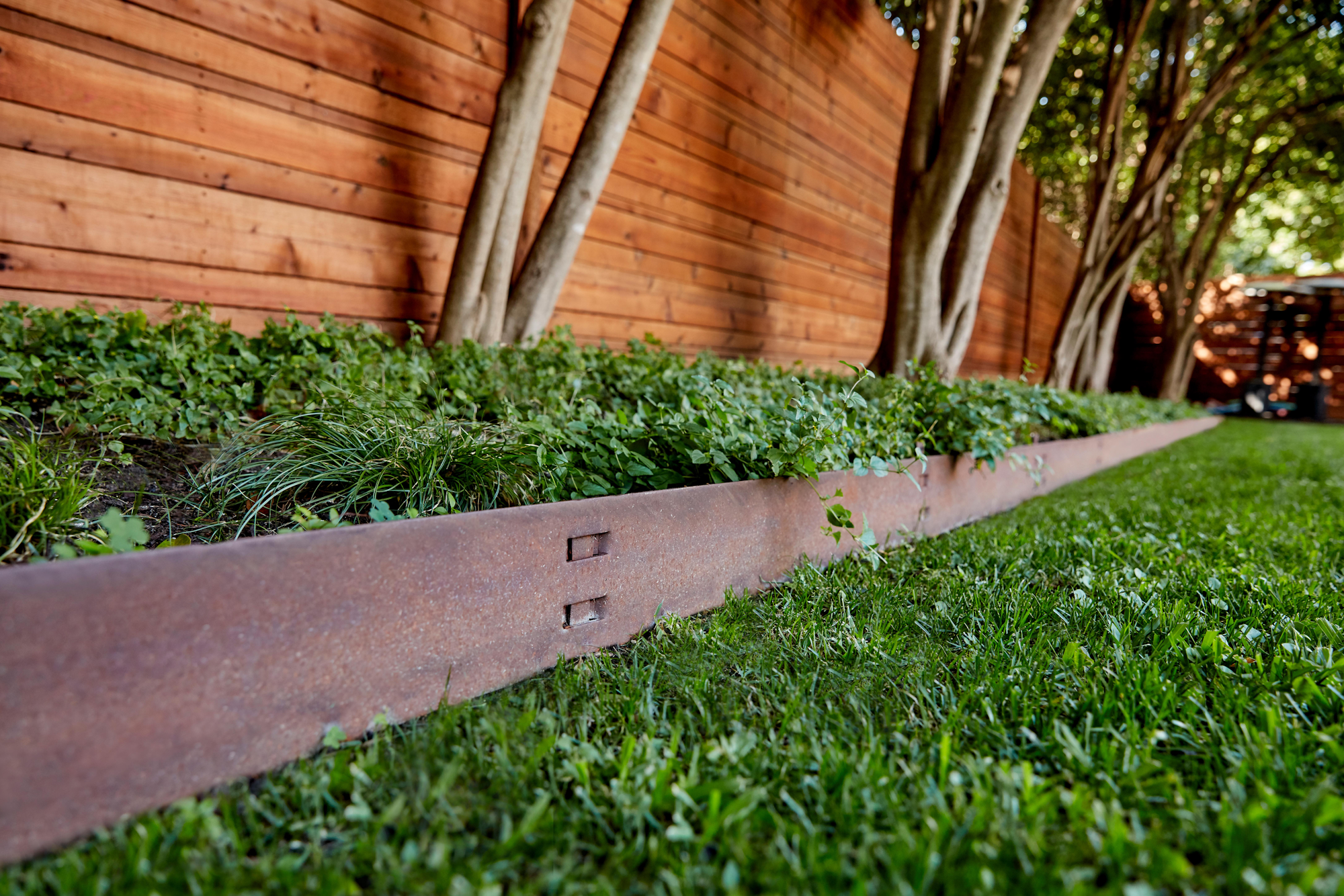
What is landscape zoning: A comprehensive guide
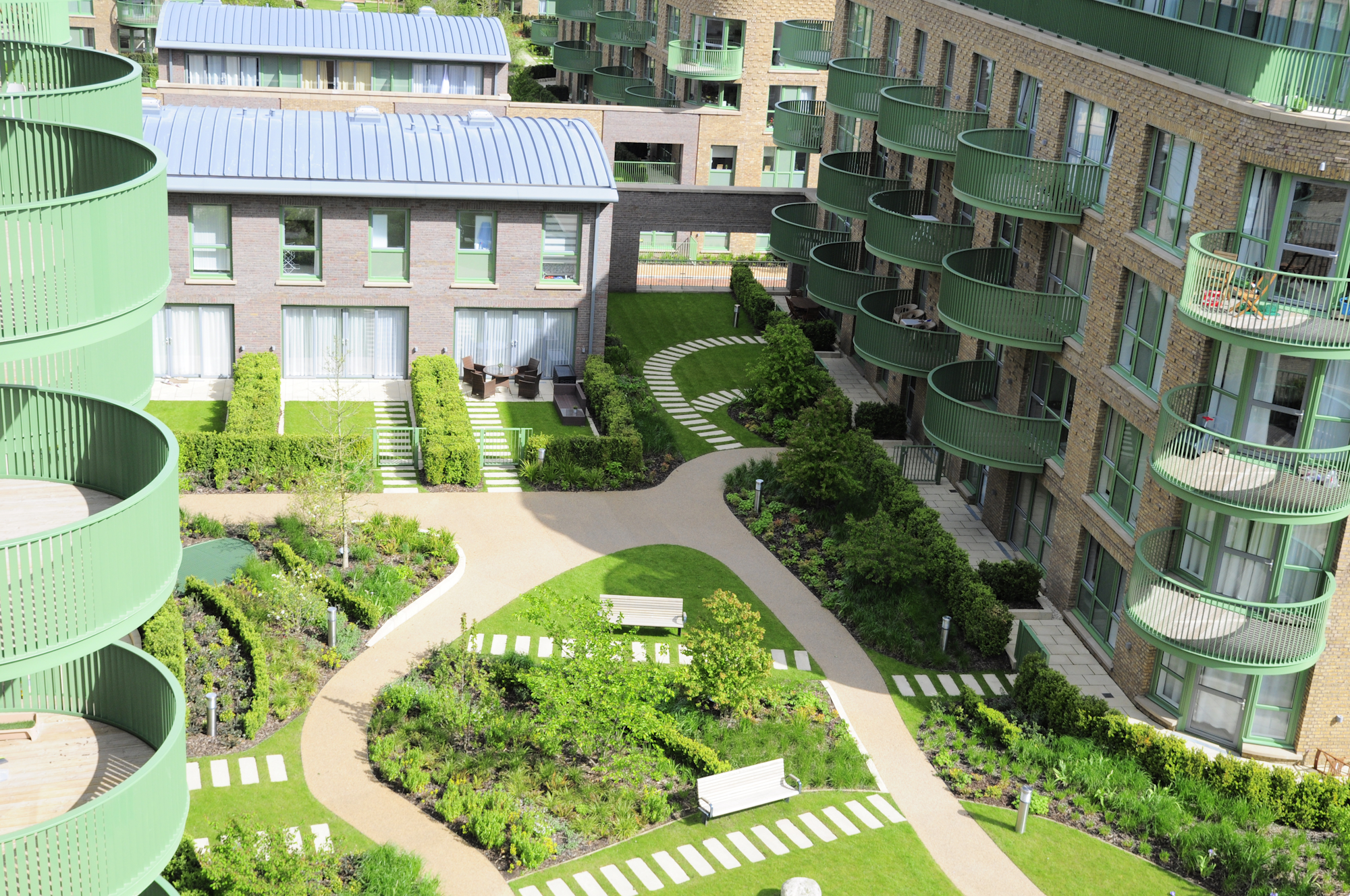
Landscape zoning is a crucial concept in landscape architecture and urban planning that involves the strategic division of land into distinct areas or zones, each designated for specific uses or functions.
This method not only enhances the aesthetic appeal of outdoor spaces but also ensures efficient land use, sustainability, and environmental protection.
Below is a detailed exploration of landscape zoning, its benefits, applications, and best practices.
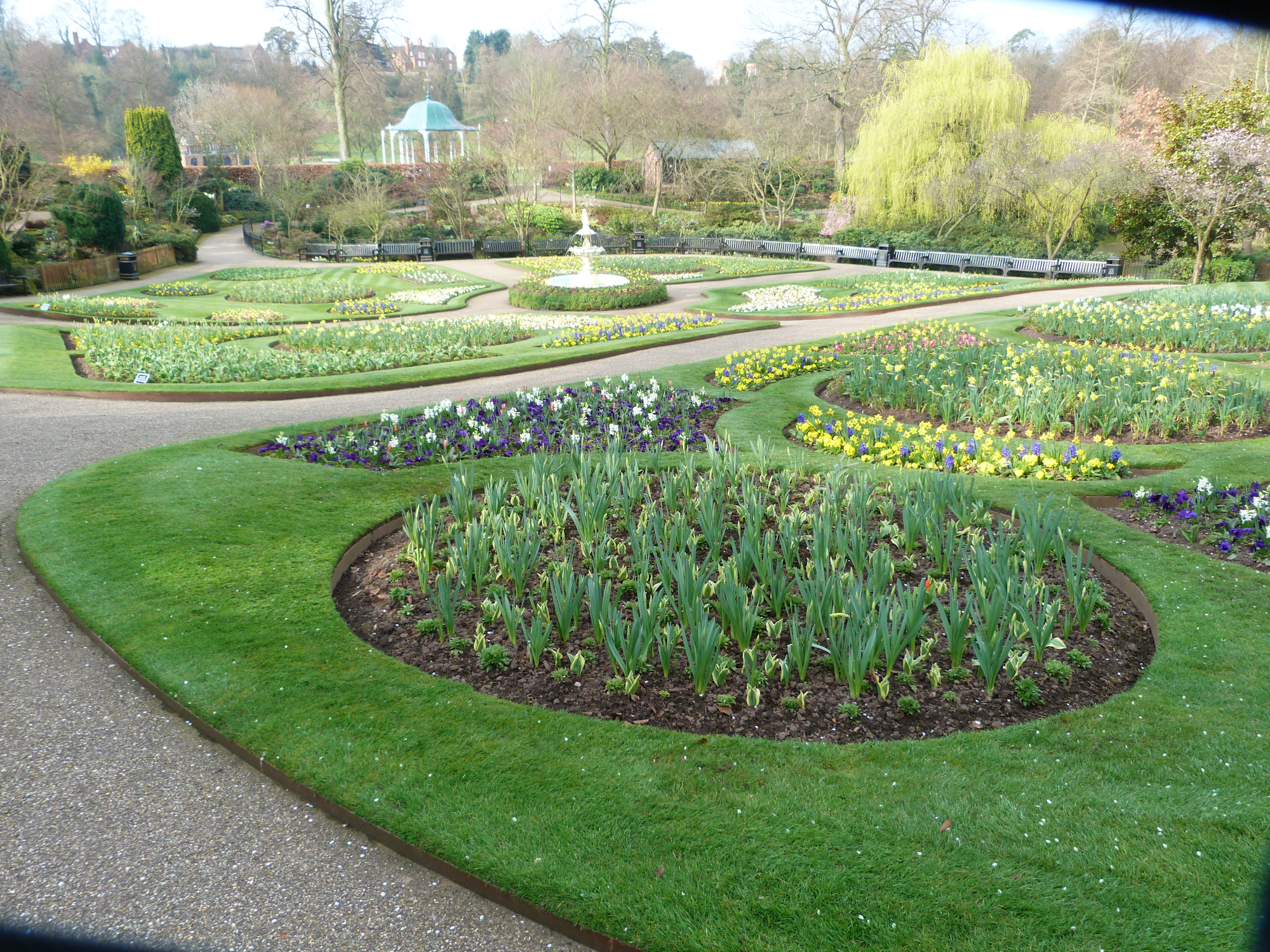
Understanding landscape zoning
Landscape zoning refers to the practice of organising outdoor spaces into various zones based on their intended purpose. These zones can include residential areas, commercial spaces, recreational parks, gardens, and natural reserves.
The primary goals of landscape zoning are to:
- Optimise land use: By categorising areas according to their function, planners can maximise the utility of each space.
- Enhance environmental sustainability: Zoning helps in preserving natural habitats and promoting biodiversity.
- Improve community aesthetics: Well-defined zones contribute to the visual coherence and attractiveness of urban environments.
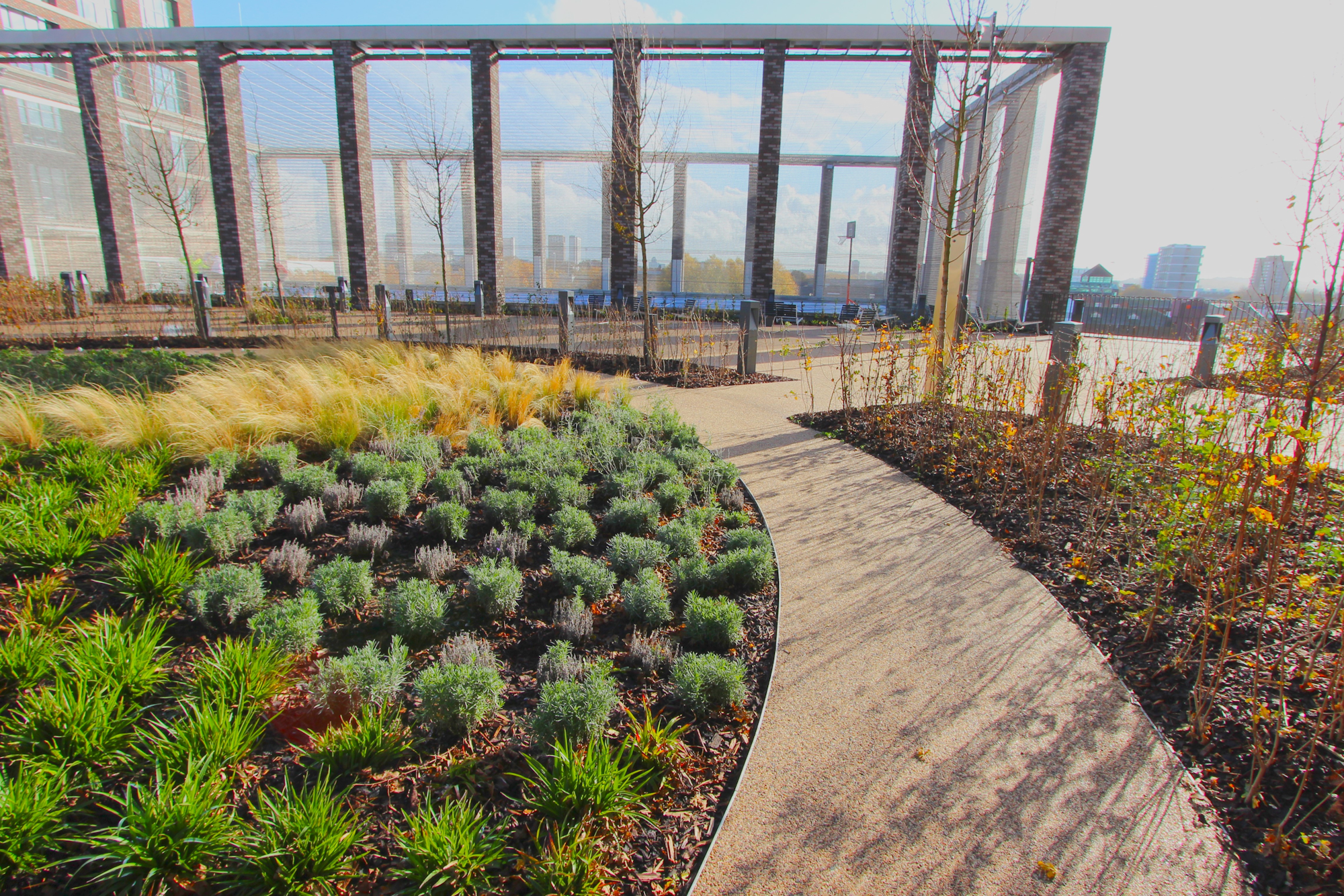
Benefits of landscape zoning
- Efficient land management: Zoning allows for better management of resources by allocating specific areas for agriculture, housing, industry, and recreation.
- Environmental protection: By designating zones for conservation, planners can protect sensitive ecosystems from urban development.
- Improved quality of life: Thoughtfully designed landscapes promote outdoor activities and community interaction, enhancing overall well-being.
- Increased property values: Well-planned landscapes can significantly boost property values due to their aesthetic appeal and functional benefits.

Using metal edging to create landscape zoning
Incorporating metal edging is an effective method for defining and enhancing landscape zones.
Here are some key points about its use:
- Clear boundaries: Metal edging provides a clean and defined border between different landscape areas such as lawns, flower beds, and pathways. This helps visually separate zones while maintaining a cohesive look across the landscape.
- Durability: Metal edging is made from materials like steel or aluminium, which are strong and resistant to weathering. This longevity makes it an ideal choice for both residential gardens and public spaces.
- Flexibility in design: Metal edging can be easily shaped into curves or straight lines, allowing for creative designs that adapt to the landscape's natural contours.
- Low maintenance: Unlike wood or plastic options that may degrade over time, metal edging requires minimal upkeep while providing a polished appearance.

Applications of landscape zoning
Landscape zoning can be applied in various contexts:
- Urban development: Cities use zoning to create mixed-use developments that integrate residential, commercial, and recreational spaces.
- Parks and recreation areas: Zoning helps in designing parks that offer diverse activities such as sports, picnicking, and nature walks.
- Agricultural planning: Designating agricultural zones ensures that farming activities are sustainable and do not encroach on urban areas.
- Environmental conservation: Protected zones are established to conserve wildlife habitats and natural resources.
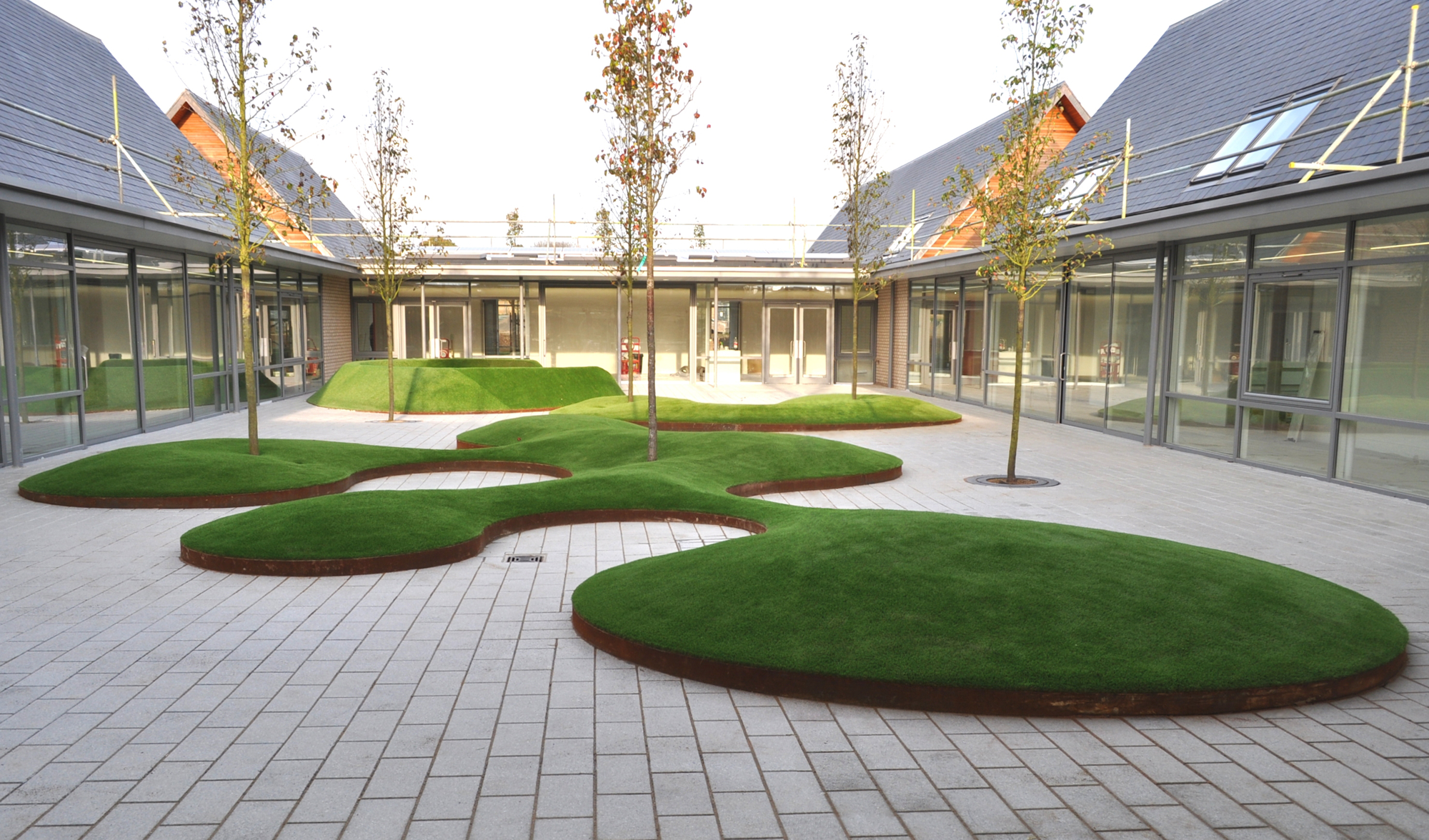
Best practices for effective landscape zoning
- Conduct thorough assessments: Before zoning, it’s essential to assess the ecological and social characteristics of the area.
- Engage stakeholders: Involve community members in the planning process to ensure that the zones meet their needs and preferences.
- Utilise flexible designs: Landscape plans should allow for adaptability as community needs change over time.
- Incorporate green infrastructure: Integrate sustainable practices such as rain gardens and permeable pavements within zoning plans to enhance environmental benefits.

Metal edging from Kinley
Landscape zoning is a vital tool for creating functional, beautiful, and sustainable outdoor spaces. By understanding its principles and applications—including the effective use of metal edging—planners can design environments that meet human needs while respecting the natural world.
As a leading UK designer, innovator, and manufacturer of steel and aluminium edging, we’re always happy to help. For more information on our complete line of products, inspiration for your future project and technical resources, get in touch with our team of expert advisors today.